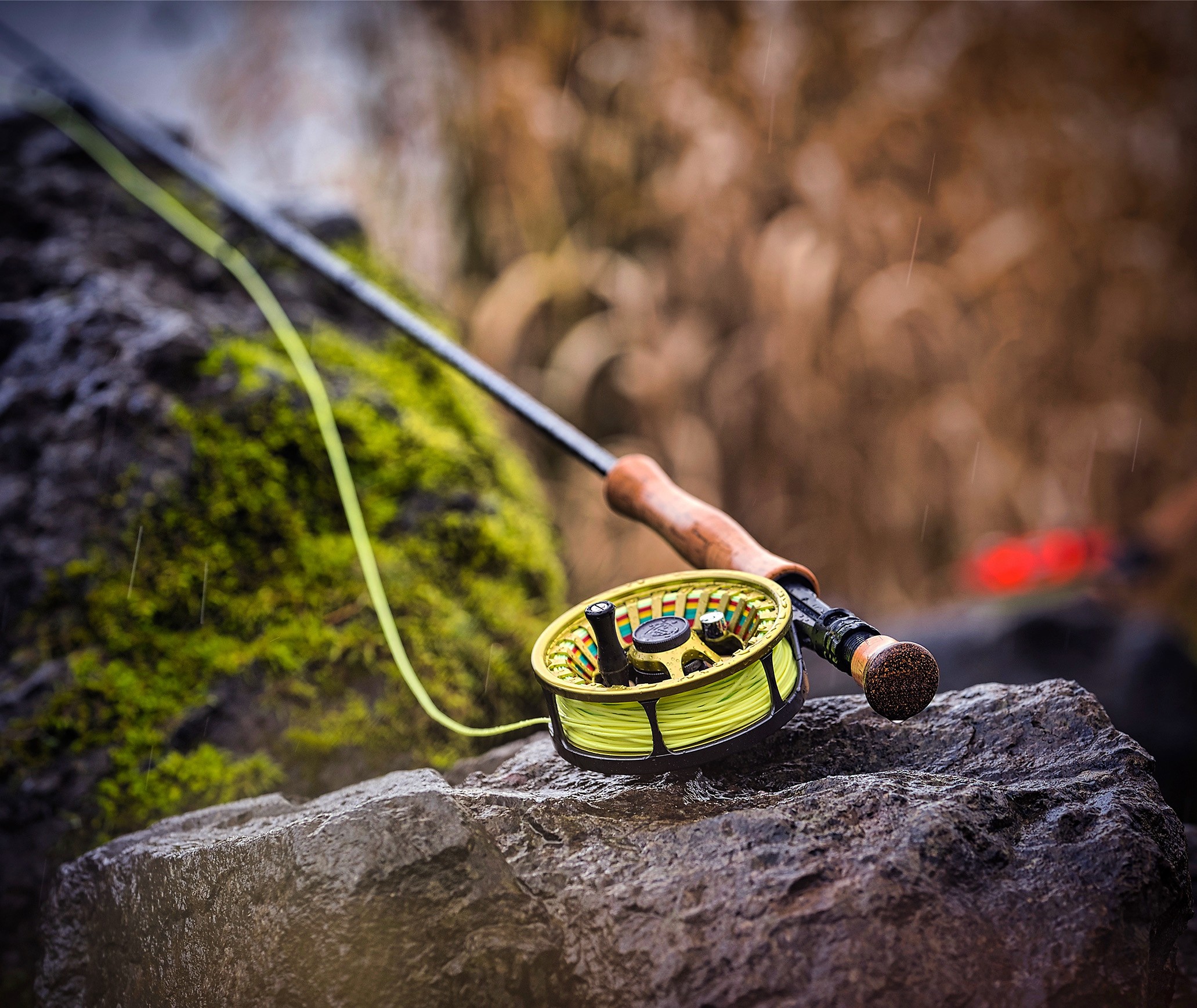Common Mistakes New (and Experienced) Fly Fishermen Make
Jan 31, 2025
Going Past 90° When Landing a Fish
So, you hook into the fish of a lifetime but are fishing solo and have to land it without assistance. Many of us have been in this situation. Landing a fish solo can be challenging. One critical mistake fly anglers make is over-bending the rod past 90 degrees, risking a rod break. Often, rods broken this way will snap near the tip or second section. The easy solution is to reel in as much line as possible and pull the rod away from the net while keeping the rod below 90 degrees when landing the fish.
Not Breaking Down Your Rod When Traveling
Here's another easy way to break a rod. We've all been guilty of it. I've broken a rod just by tossing it in the bed of a truck for a quick drive back to camp—rookie mistake! I know breaking down your rod isn't always convenient, but it will save you from an expensive break.
Stripping Line Off the Reel While Rubbing the Frame
This is a mistake even seasoned anglers make. When stripping line off the reel, first make sure the drag isn't set too heavy. Second, always strip toward the tip of the rod—not down or back. Stripping against the frame risks damaging your fly line and can even wear through the anodizing and aluminum of the reel over time. You’d be surprised how much damage a fly line can do when stripped incorrectly.
Wet Fly Boxes and Rusted Hooks
I’ve ruined entire fly boxes by storing them while wet, resulting in rusty hooks. Rusty hooks break, making the flies useless. If your fly box gets wet inside, make sure to leave it open to dry out before storing it. This simple step can save you from a frustrating day of broken hooks and lost fish.
Not Learning to Double Haul
I’ve found time and time again that saltwater fly anglers are better casters than their freshwater counterparts. The reason? In saltwater, you must be able to double haul, cast into the wind, and consistently hit at least 40–50 feet. You might get away with sloppy casting on your local small stream, but if you ever travel to a saltwater destination, you better practice that double haul!
Changing Flies Before Adjusting Weight
Trout are opportunistic predators. They want fast, easy, and energy-rich food. Too often, I see anglers constantly changing flies on a slow day without adjusting their weight. My first thought when fish aren’t eating is: Am I getting deep enough, fast enough? If my fly isn’t getting in front of that picky trout, it probably won’t move up in the water column to eat. I change flies when needed, but I always think weight first.
Not Learning to Read the Water
I’ve been on the river countless times watching a helpless angler skip over a prime piece of fishy water to head straight for the big pool up ahead—simply because they don’t know how to read the water. When I look at a river, I can see where the fish want to hold—along the side, behind a boulder, in the riffles, or under the foam lines. Learning to read the water will give you more opportunities to catch fish.
Sitting in One Hole All Day
When I fish, I like to cover a lot of water. I grew up on streams that required you to move, walk, and search for fish. Covering more water in a day increases your chances of finding more fish—and bigger fish. I’ve done ten-mile backcountry days chasing trout. I know you saw that one fish in that one hole, but let him be and move on to new water.
Are there any other mistakes you can think of? Let us know by leaving a comment!
Tight Lines,
Matthew Taylor
